Span 45.5 cm / 18 in
Weight 30 g / 1,1 oz
The concept:
- Funny stubby design
- low-wing monoplane
- good flight characteristics
- profiled wings
- few parts
- easy to build
- two versions, one rubber powered (here) the other RPU
Name is Spanish and means in English: Appearances are deceiving.
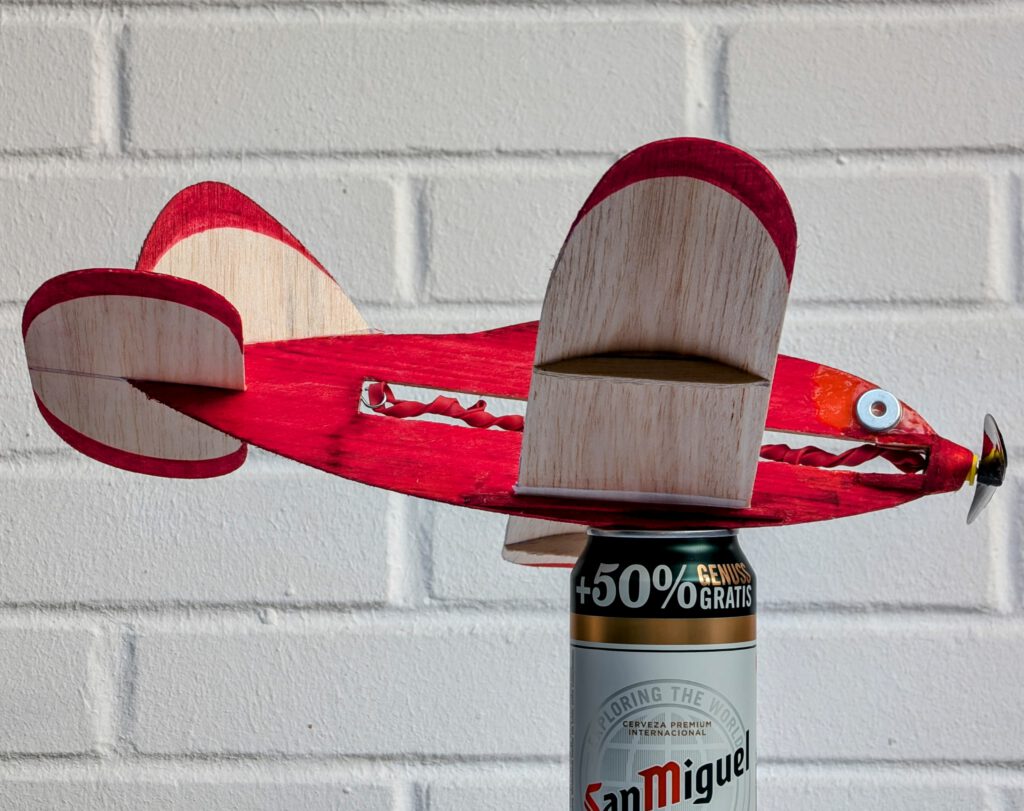
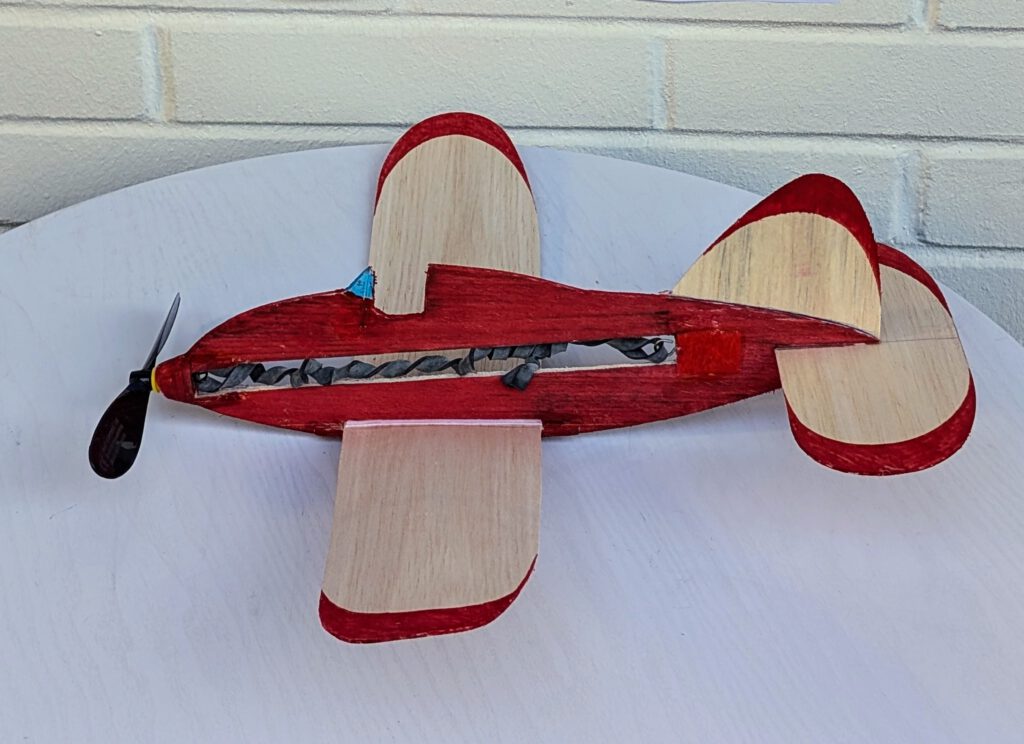
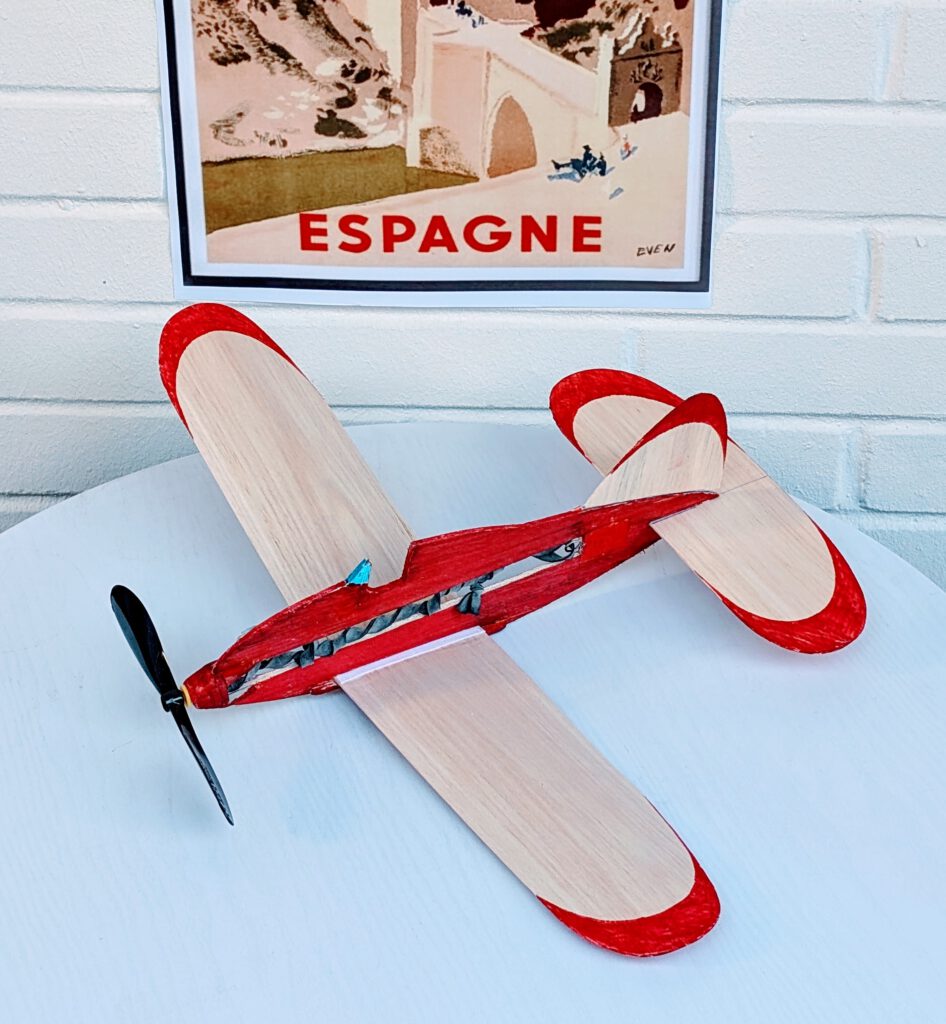
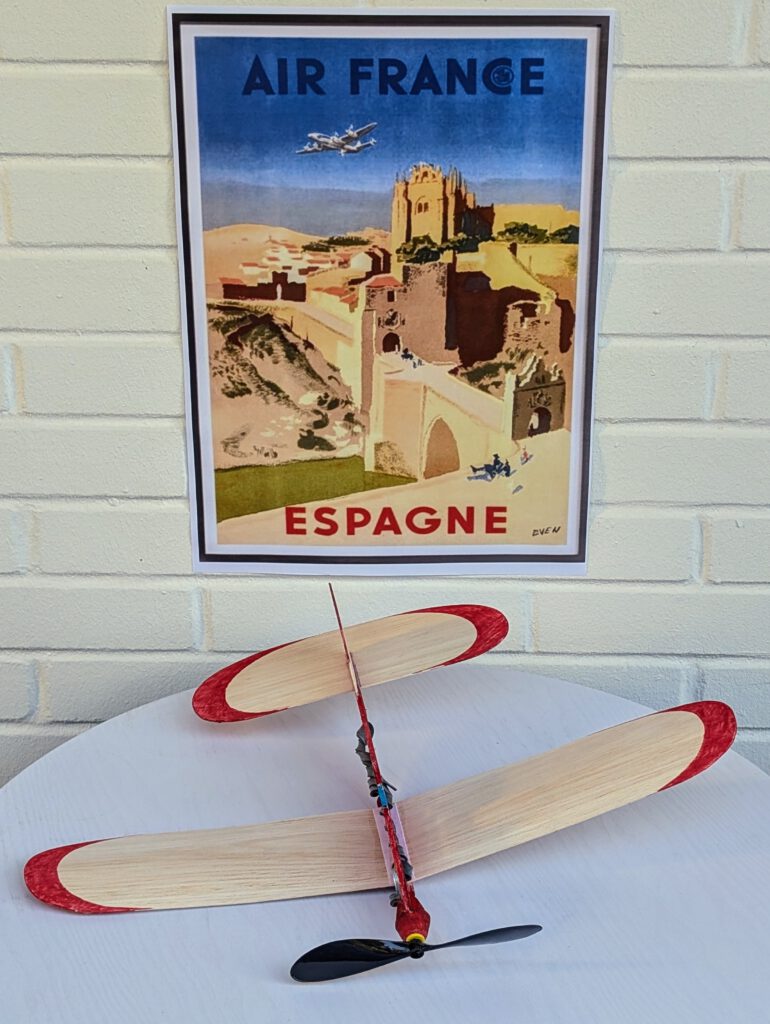
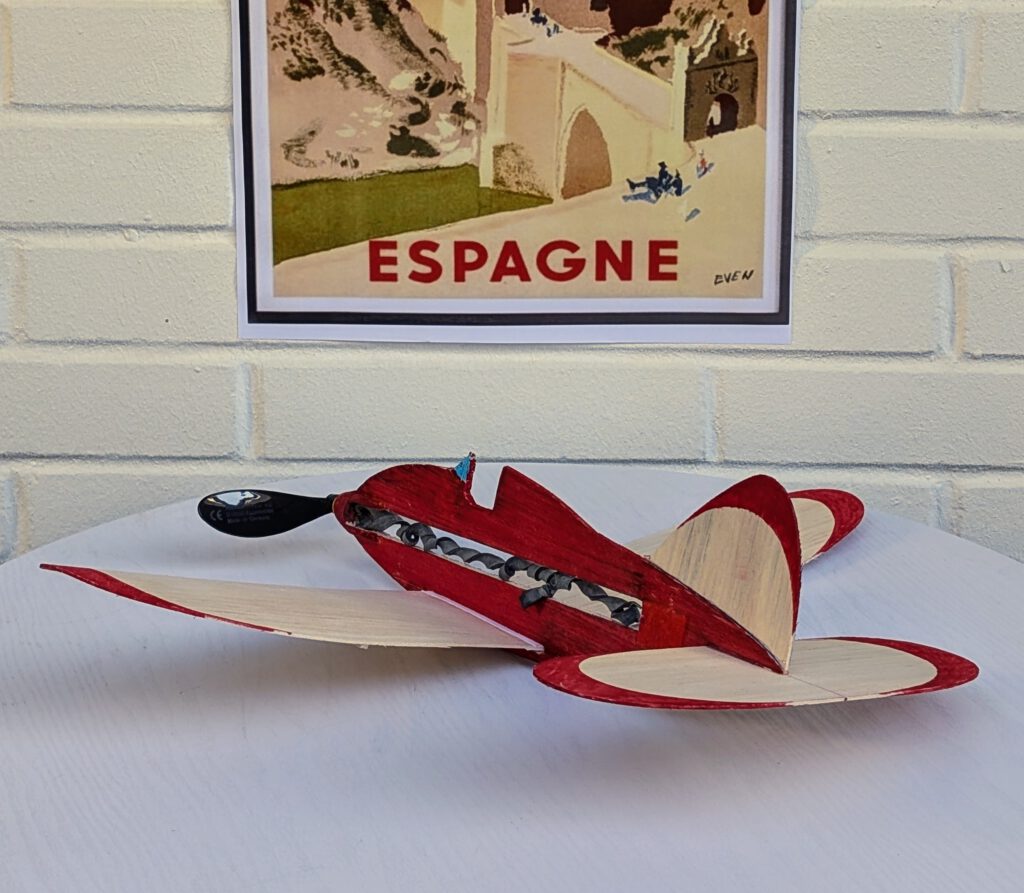
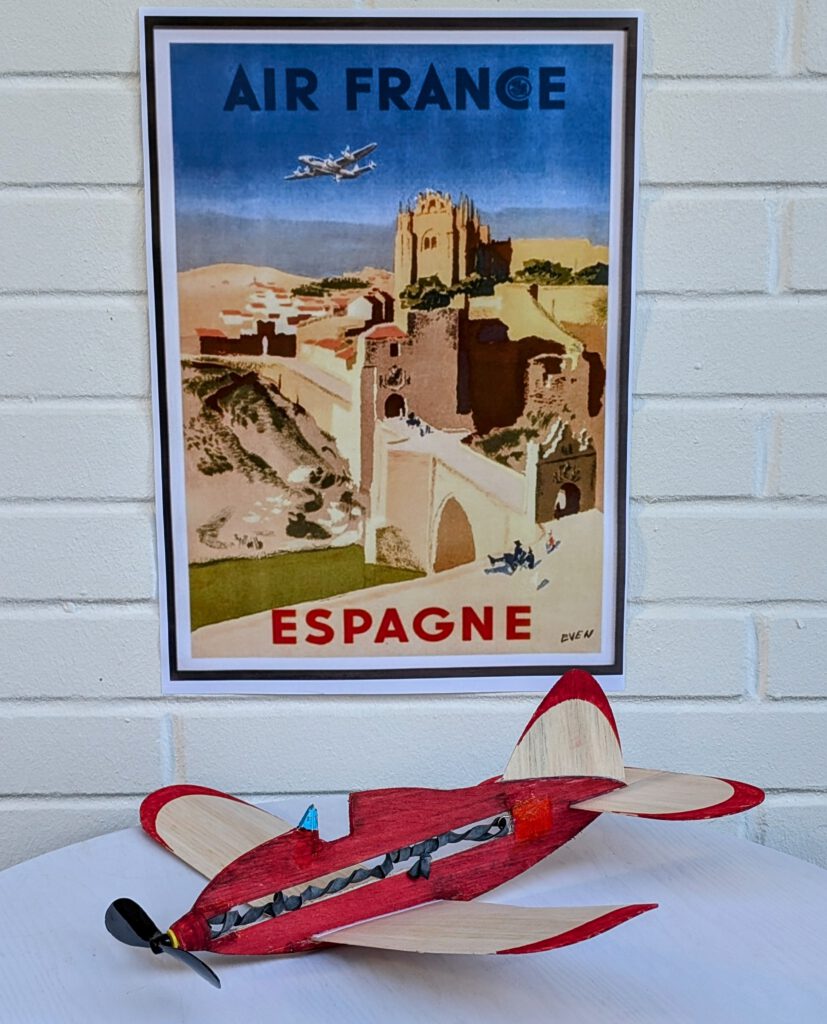
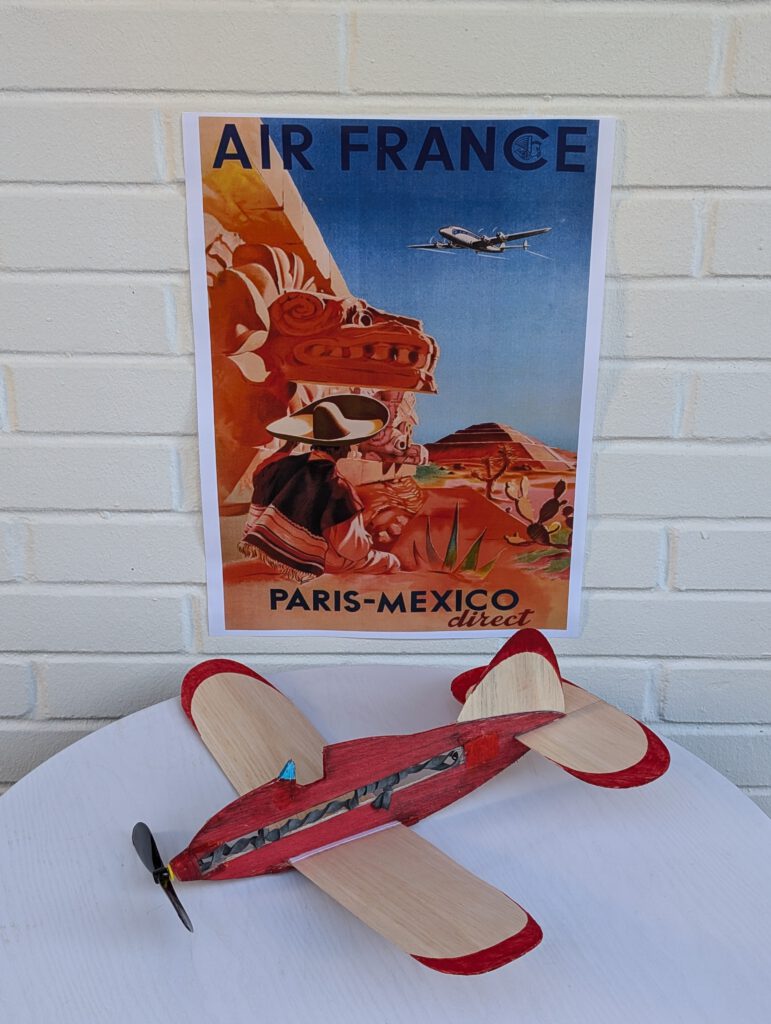
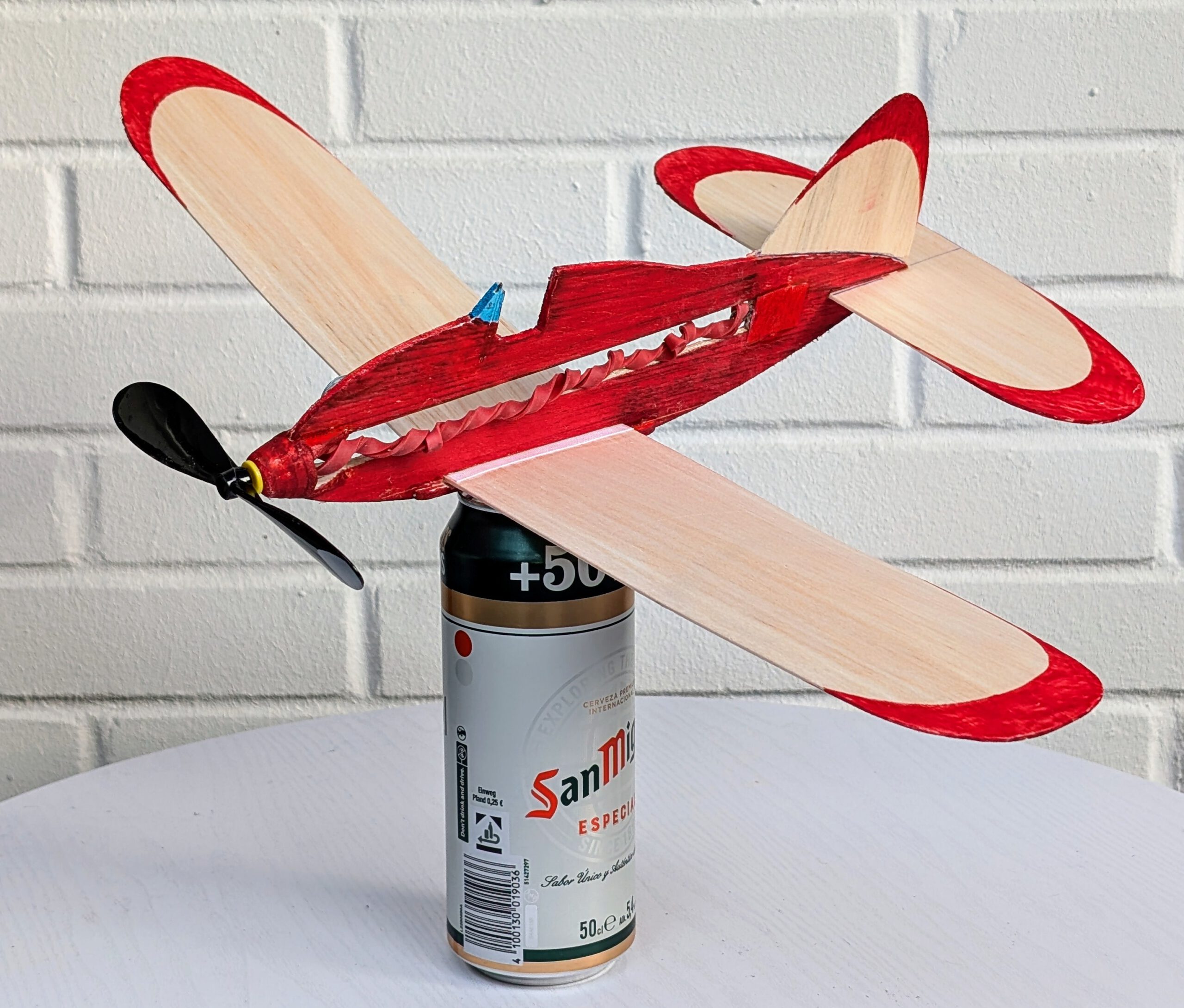
Building the rubber powered balsa sheet model Las aparencias engañan.
Materials:
Fuselage: B 3; windshield reinforcement: piano wire 1.2 or 1.5 mm diameter; round nose parts: B 3 or 4 or 5; triangle shaped nose parts: B 3 or 4 or 5; wing: soft B 1.5; wing ribs: B 4 or 5; wing support: B strips 3 x 3; fin: B 1.5; horizontal stabilizer: B 1; linen band width 10-12 mm / ½ in; piano wire 1.2 or 1.5 mm diameter for hook; ballast: steel or lead.
Assembly:
Cut out balsa parts in accordance to plan. Cut slot for wing into fuselage part. Sand well. Transfer outlines of windshield, rudders, elevators etc. from paper to wood with pen. If coloring is desired do it now.
Fuselage:
You may have wondered how long a windshield like that of this model would survive as thin protruding balsa parts are prone to break as we all know. Well follow my way and nothing will break down at all. Fix fuselage with needles on building board and carve with knife and round file a tightly fitting bed for an inch (25 mm) long piece of piano wire. Start with bed at the top of the windshield and work down front at an angle of about 20°. Cement wire in place and treat place with balsa putty. When dry sand well.
Cement fin on fuselage. Visually check symmetry from all sides as both parts have to be 100 percent in line.
Bend wire to get it into hook shape as shown on plan. Carve bed for hook with a knife and a round file. Cement hook into bed. Cover area generously with a piece of linen and with an extra dose of glue.
Cement wing support strip at given place on one side of the fuselage holding with needles or clamps or clothespins. Repeat procedure on the other side and let dry.
Cement round nose parts one on another. When dry sand into cone shape. Use balsa putty and sand well. Repeat this procedure, sanding and applying putty, if necessary.
When the nose part is smooth you can start to carve out opening which holds prop-bearing. Start from behind and do it not in a hurry. A little electric drill machine can be useful.
Cement nose cone on fuselage referring to photos. When dry add nose support triangle-shaped parts.
Wing:
Wing consists of a right and a left wing half. Fix left wing half on building board with needles. Underlay right wing half tip in accordance to required dihedral. Join both halves and cover wing center area with linen band. Let dry. Mark position of ribs on wing underside and cement ribs to wing. Use clamps to hold tight until cement is dry. If wing has the tendency to rest only on one side then it is too heavy on this side. To compensate the imbalance disperse an amount of white wood glue on the opposite wing half’s underside tip area. Do it if necessary twice until balance is obtained.
Final Assembly:
Turn fuselage upside down and put it on “third hand”. Cement wing into fuselage slot on wing supports using needles to hold in place. Doublecheck symmetry. Let dry.
Repeat procedure with horizontal stabilizer. Again check symmetry! Let dry.
Install rubber and 6 in airscrew. Test-glide your model over tall grass. Add ballast according to your test results. Note given position of CG on plan.
Remember a correct center of gravity (CG) is essential for successful flights.
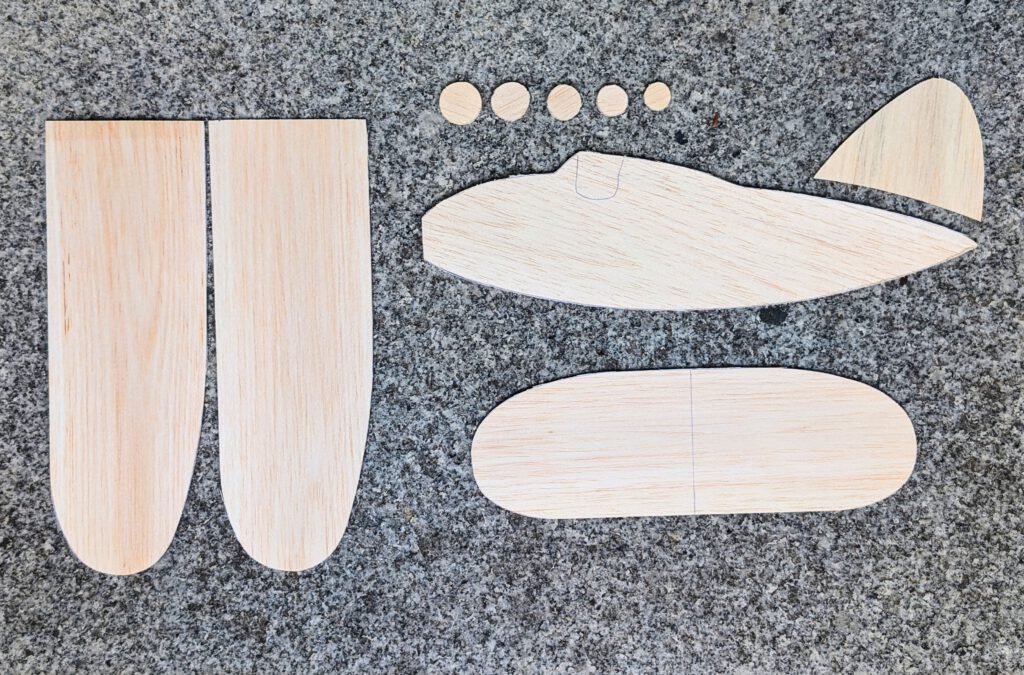
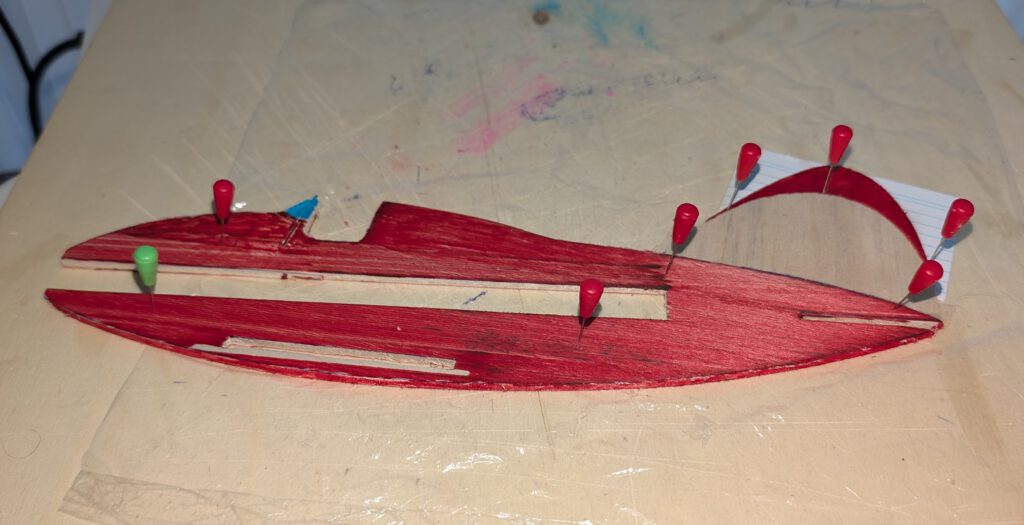
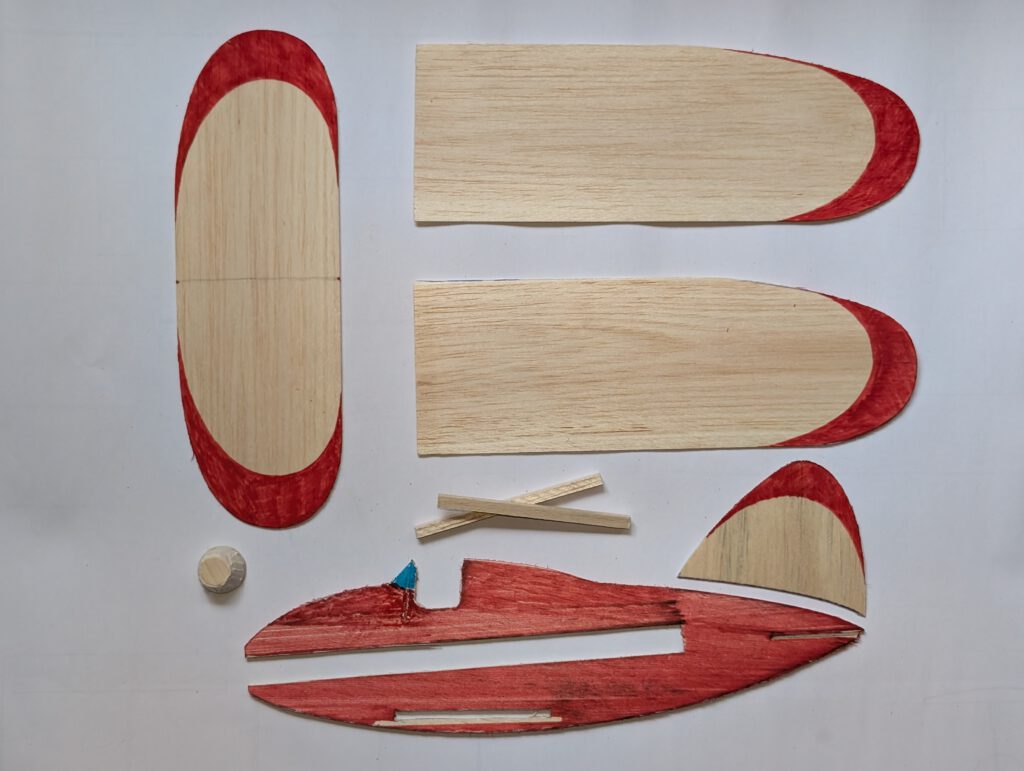
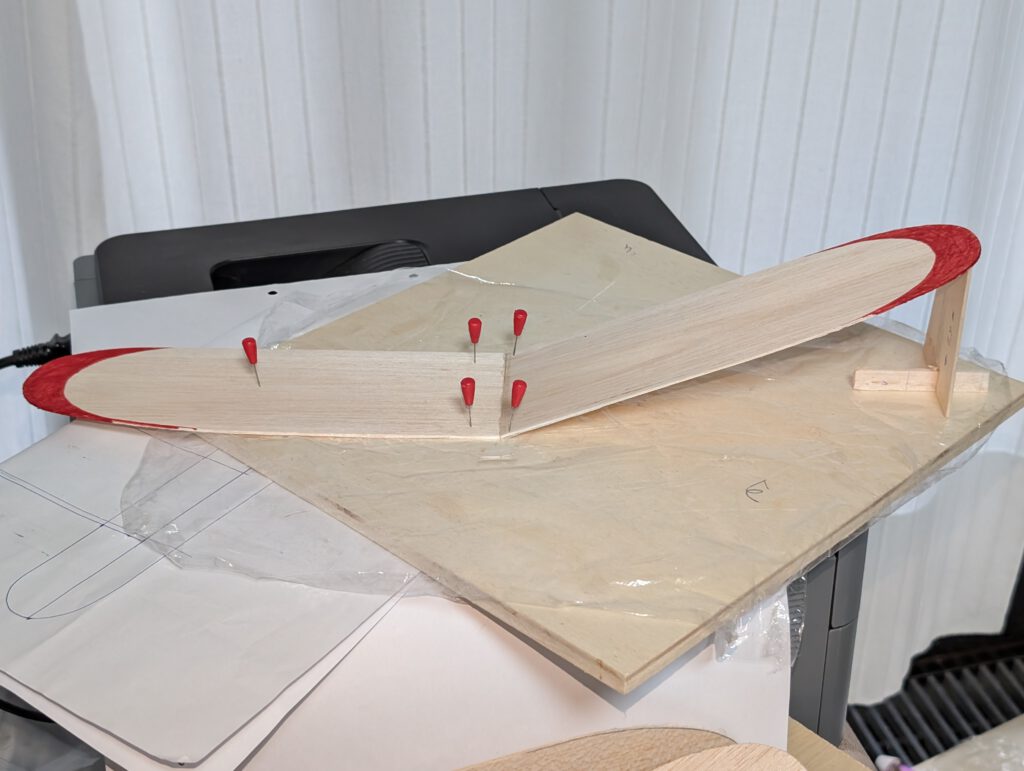
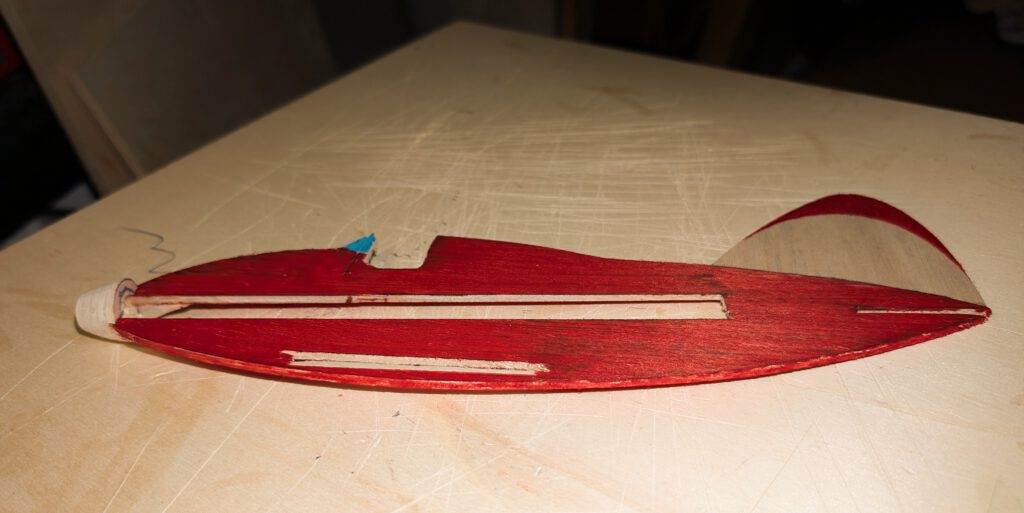
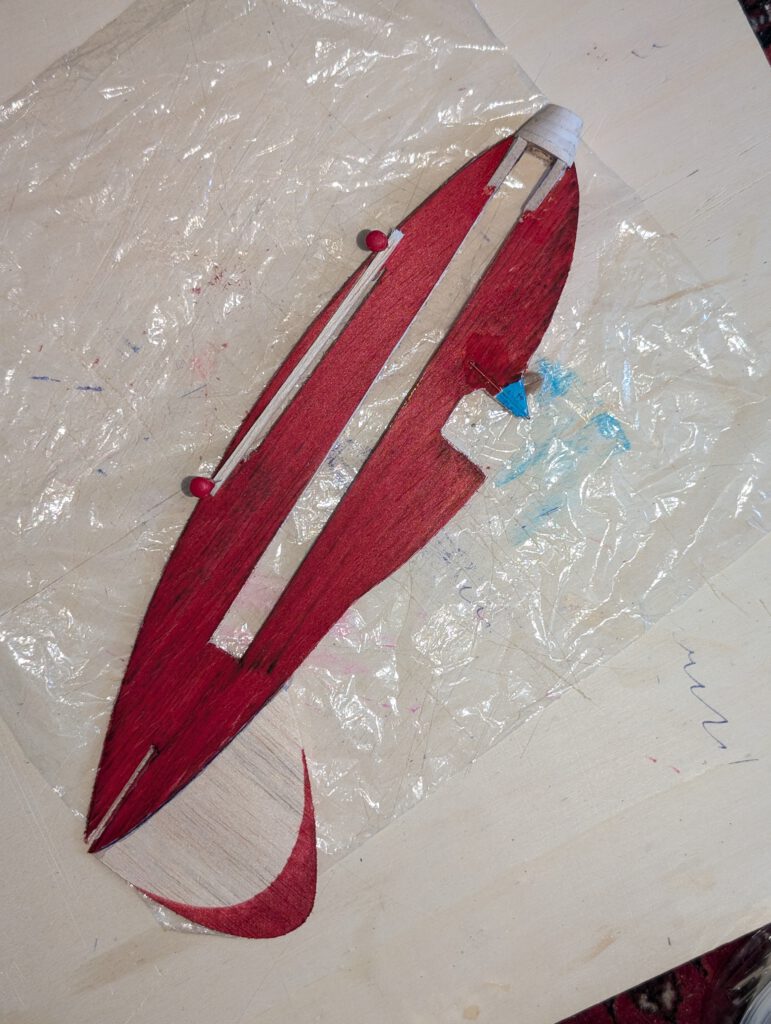
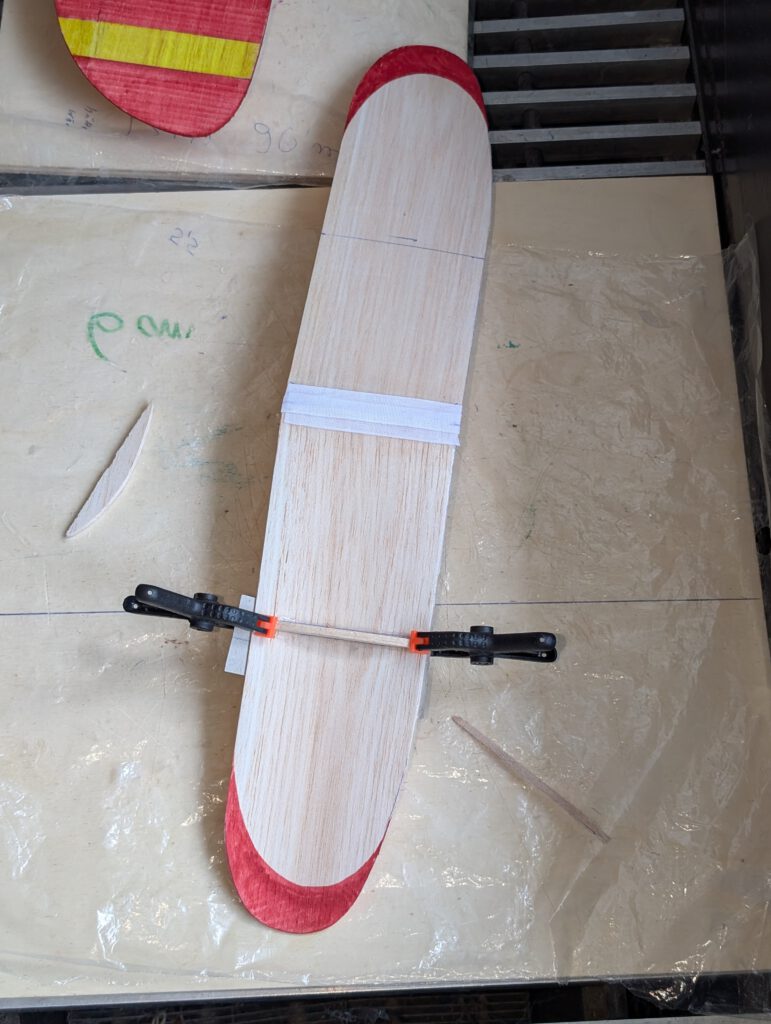
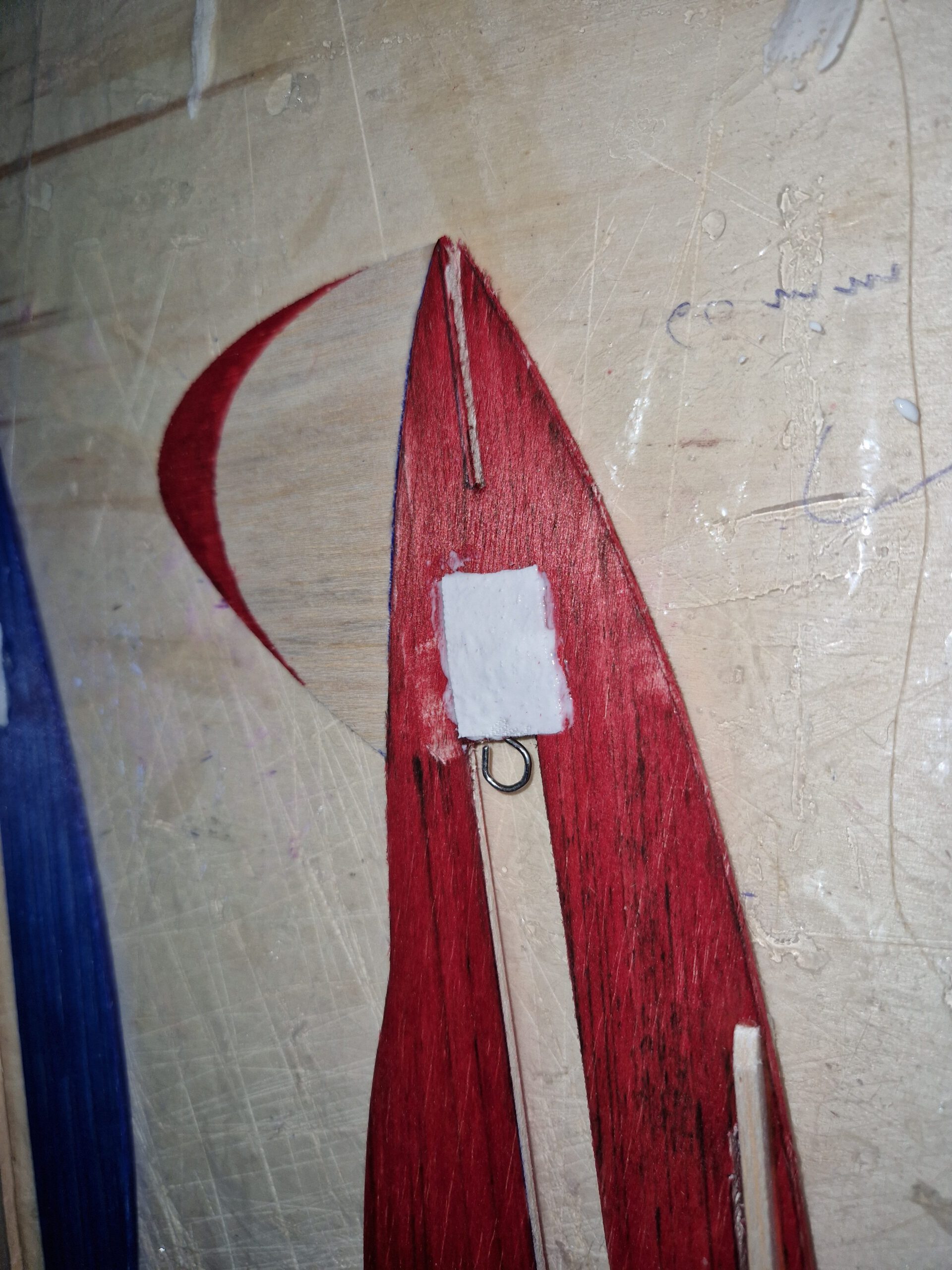
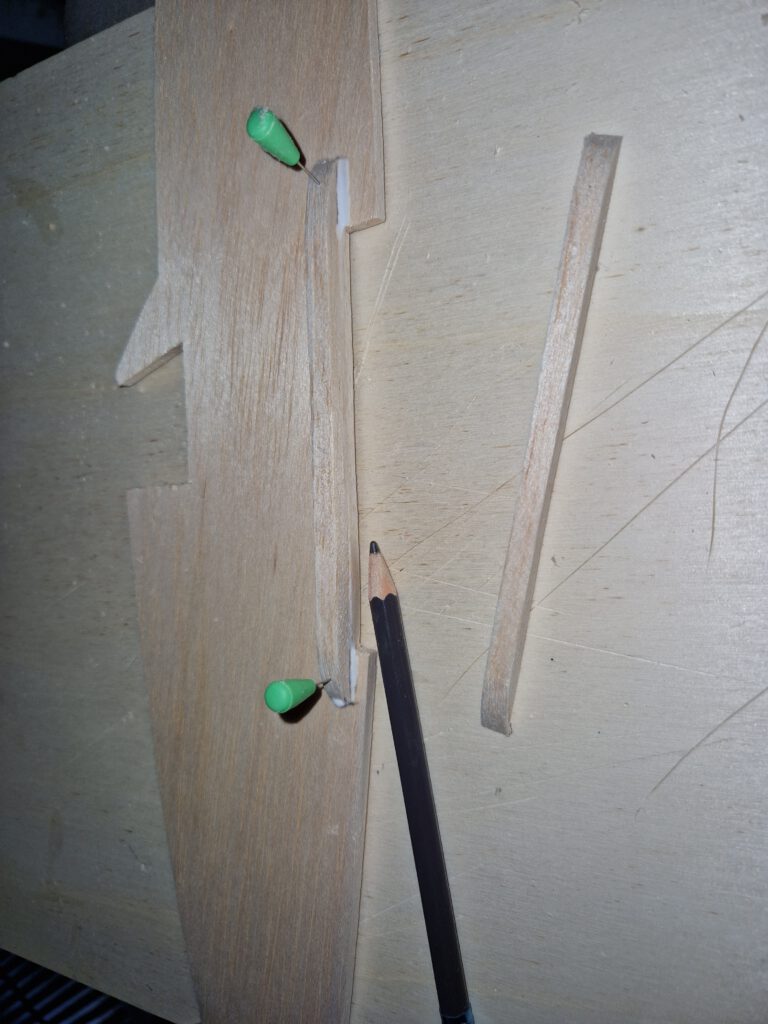
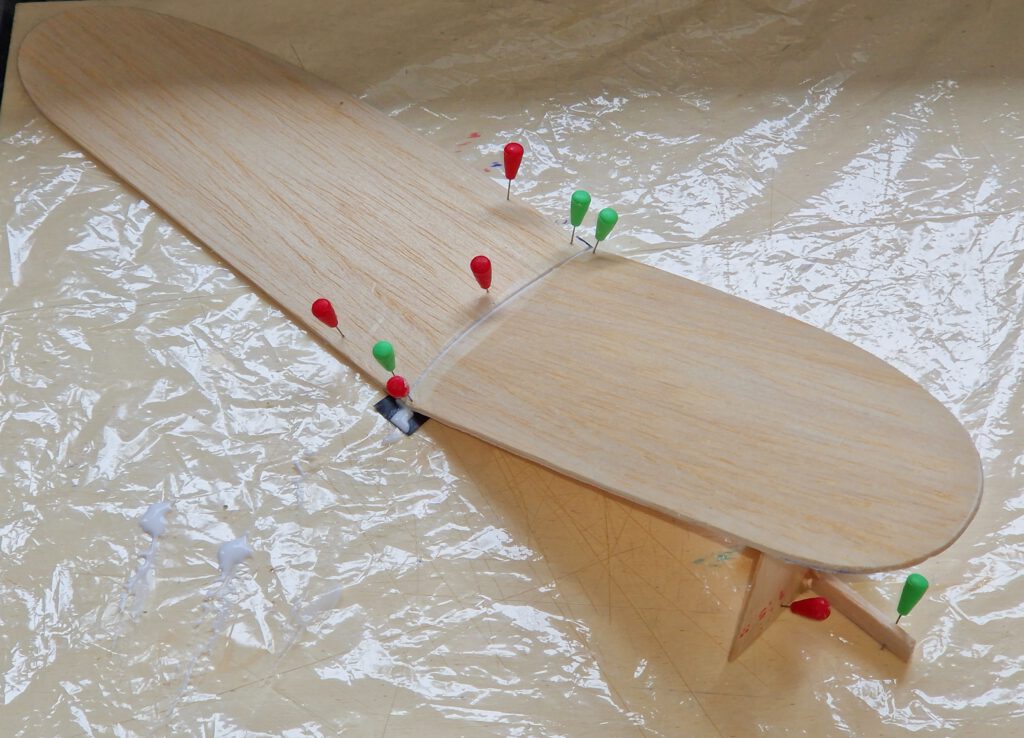
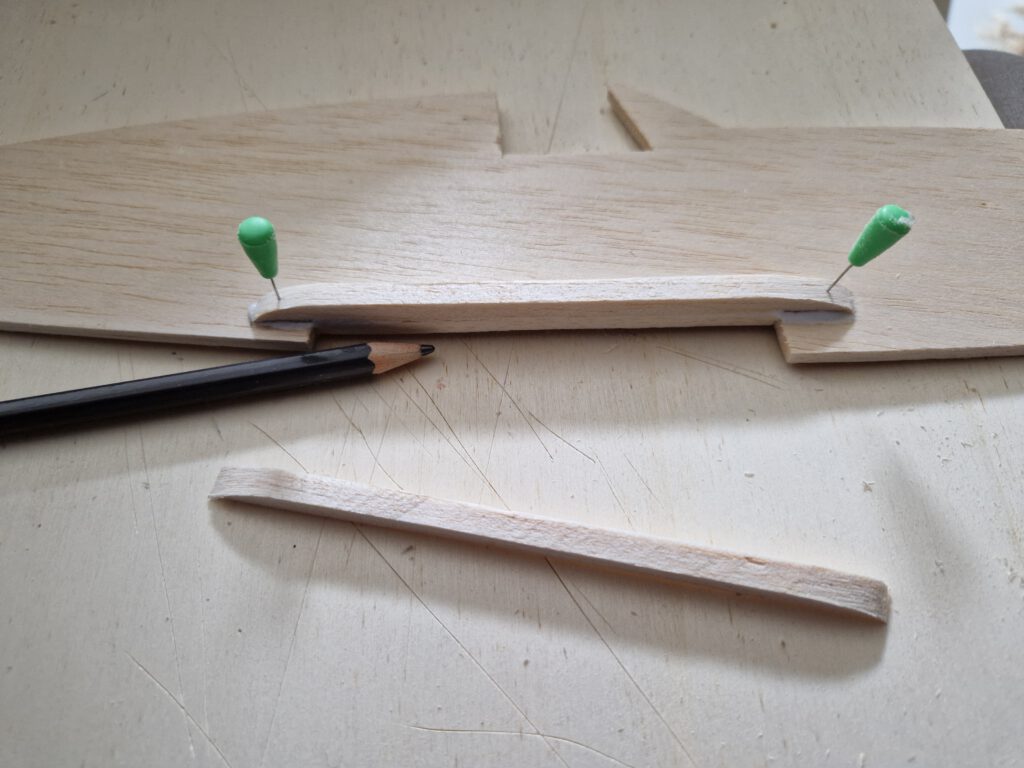
Magkaroon ng maraming magagandang flight! (Have many pleasant flights!)
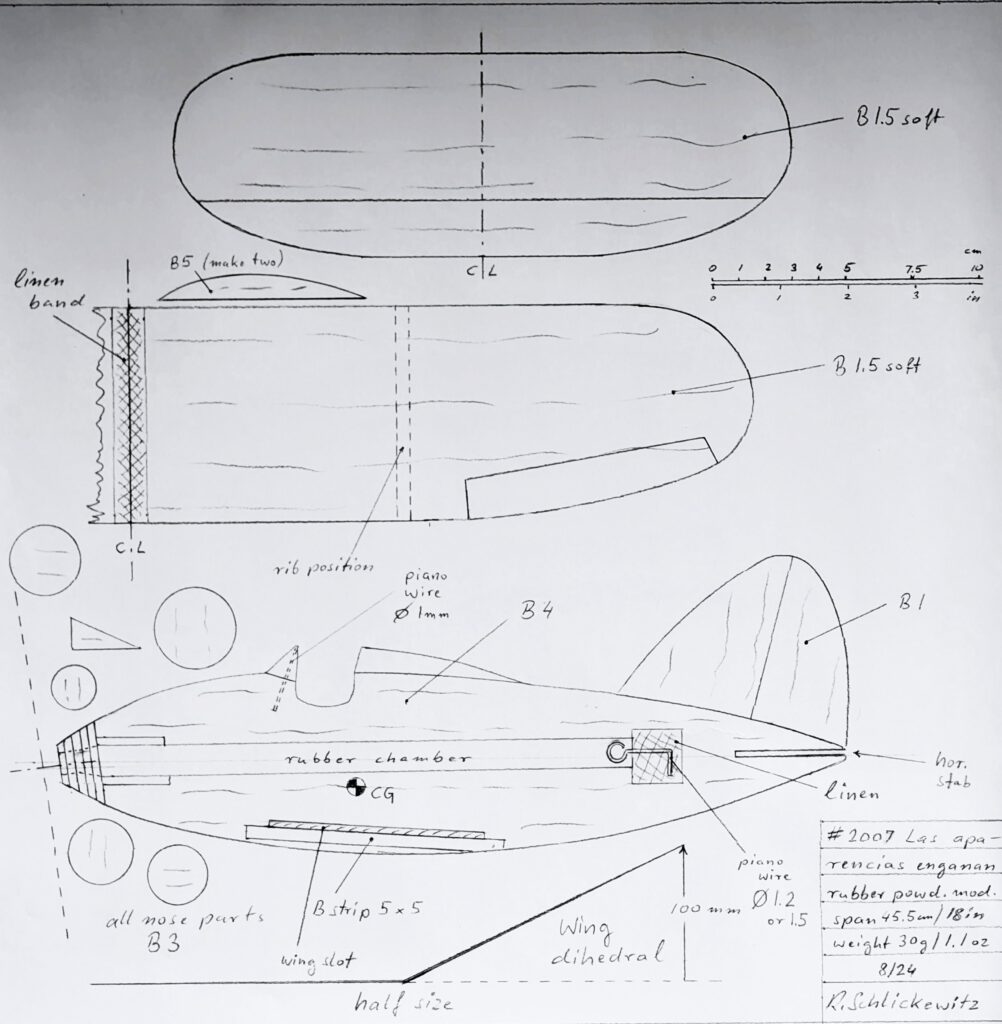
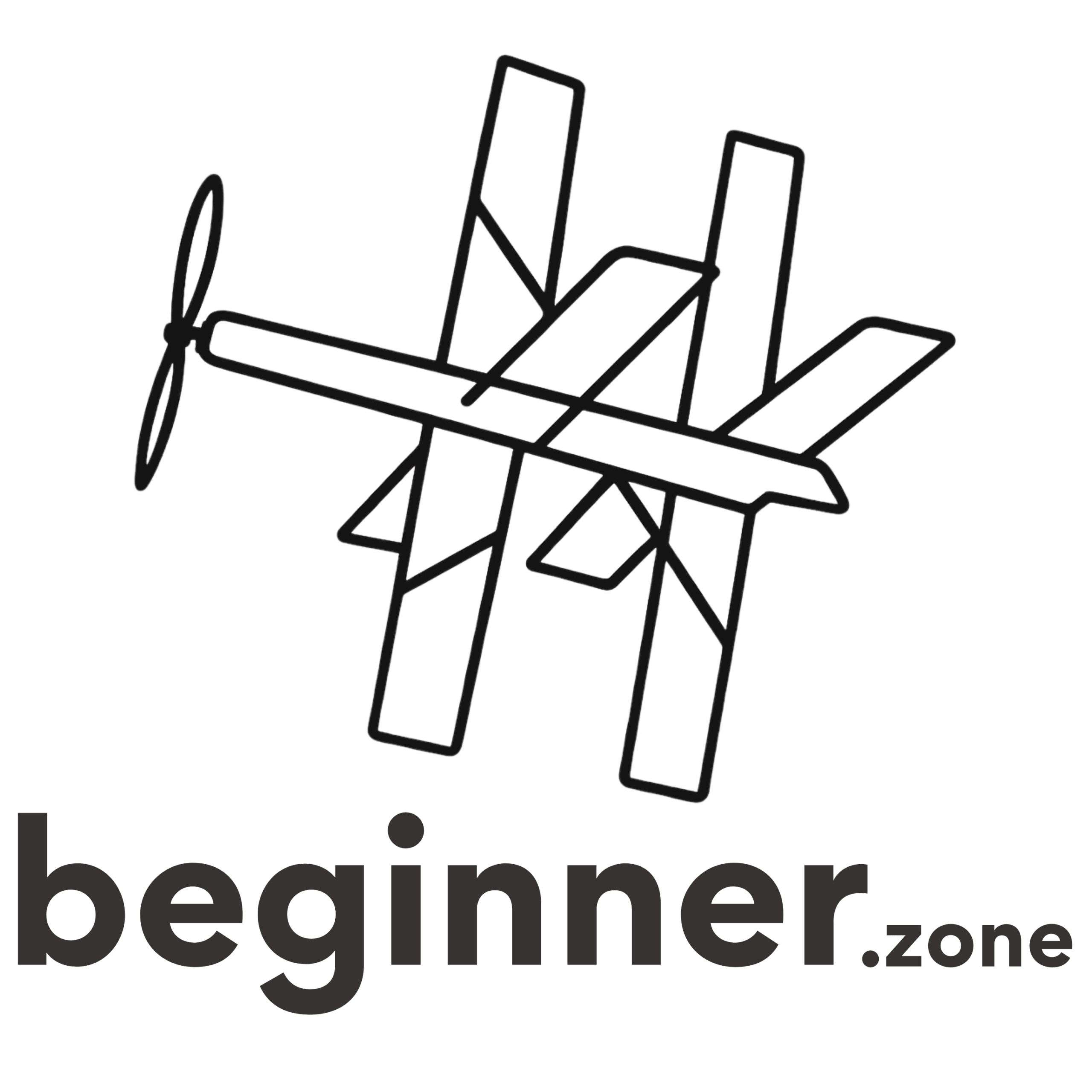
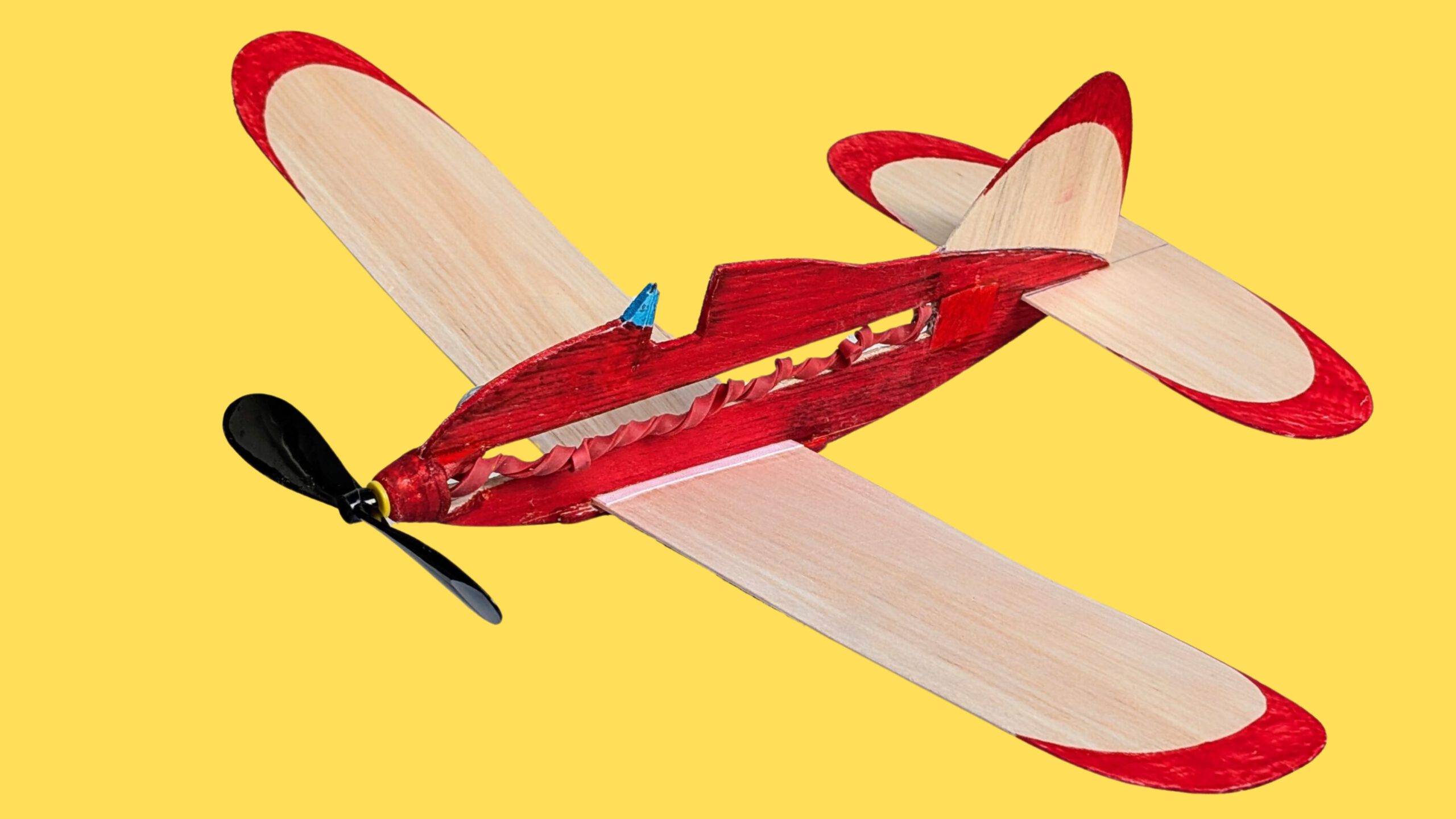
Leave a Reply